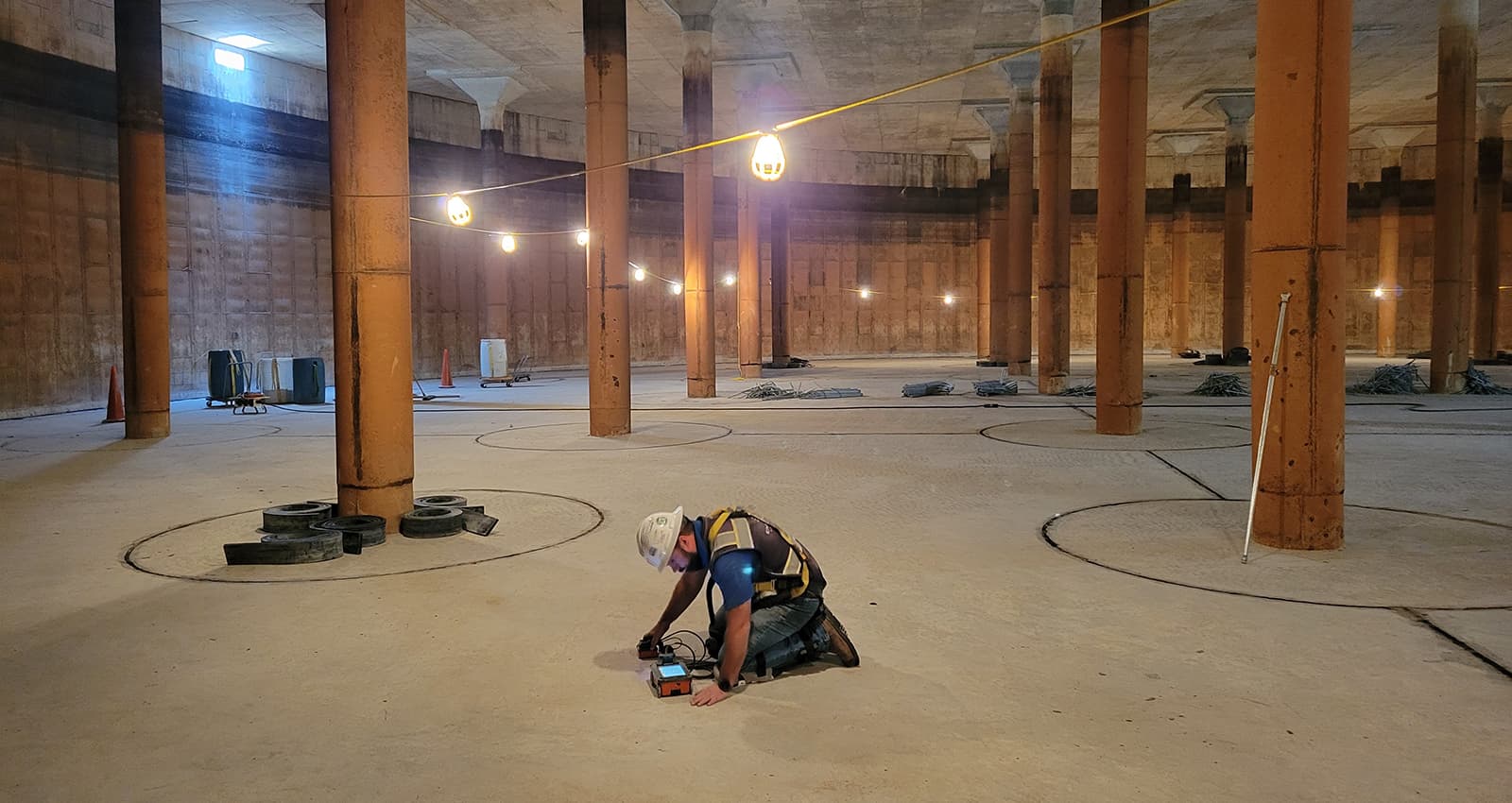
By now, most people are aware of the “Call Before You Dig” program. This national program gives property owners the opportunity to have someone come out—for free—to tell them where any public utility lines are located on their properties, simply by dialing 8-1-1 and requesting this service. This allows property owners to dig or excavate safely, without hitting and damaging power lines, water pipes, gas lines, sewer lines, or telecommunications cables. This is a valuable service that is designed to not only protect the utility lines, but also keep safe those who are doing the digging.
So, if you can call 8-1-1 and have someone come out for free, why would you ever need private utility locating services? Well, not all utility lines are considered public utility lines, and the 8-1-1 service only covers public utility lines. If you have any private utility lines on your property, you will have to pay out of your own pocket to hire one of the private utility locating services.
How do you know if your property might have private utility lines? Three of the most common examples of private utilities are propane systems, septic systems, and water lines coming from a well on the property. You likely know if you have any of these types of systems, and if you aren’t certain where exactly they are located, you will want to have your property scanned for them prior to digging. A private utility locating service can come out to your property, and using nondestructive locating tools, can tell you where it is safe to dig and where it isn’t. You don’t have to have them scan your entire property. They can just scan the area(s) in which you wish to dig or excavate. However, if you would like them to scan a larger area for future reference, you can certainly have them do that.
Private utility locating services typically utilize ground penetrating radar (GPR) to locate buried utilities. GPR is effective in locating all types of metallic and nonmetallic items. It is also safe to use in any environment. In addition, you can receive the results immediately so your digging or excavating project can move forward without delay. If soil conditions are not favorable for using GPR—like if the soil is too wet or rocky—other tools may need to be brought in to accurately assess the property for buried hazards. Therefore, it’s important to work with a private utility locator that has the ability to use a variety of tools when needed to provide you with a complete picture of what you are dealing with. Tools like electromagnetic frequency transmitters and receivers, electromagnetic induction sensors, magnetometers, and other nondestructive testing tools can all be used to locate buried items. They can also be used to confirm the findings of a ground penetrating radar scan.











